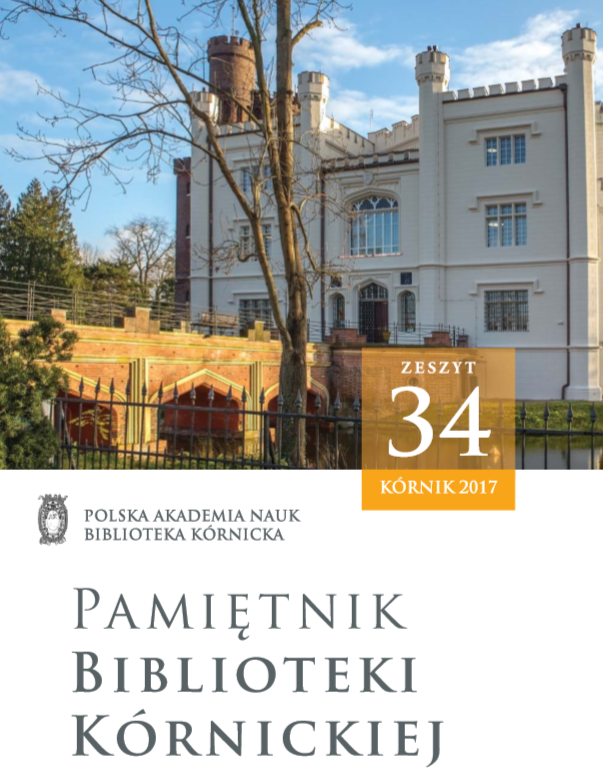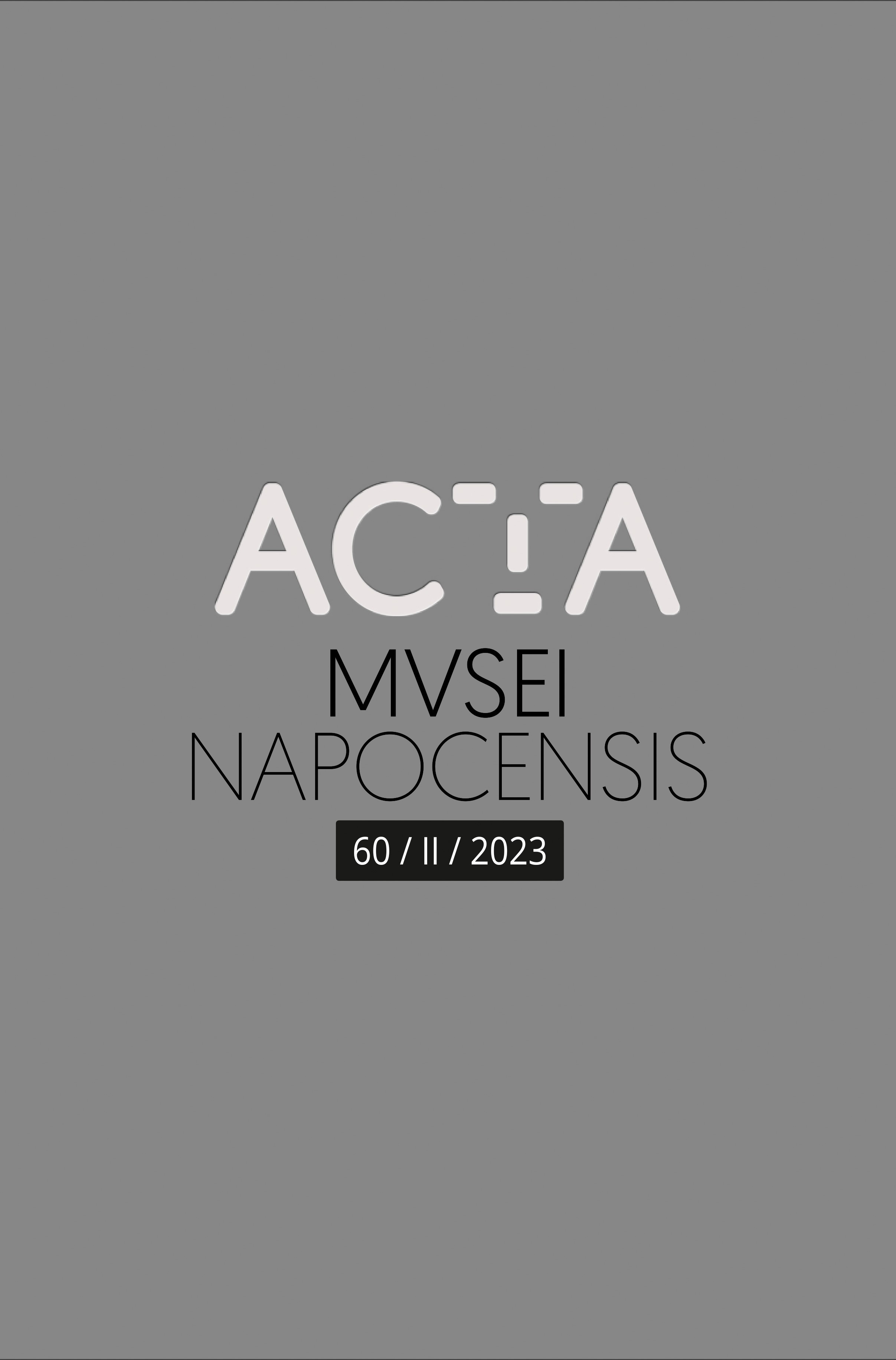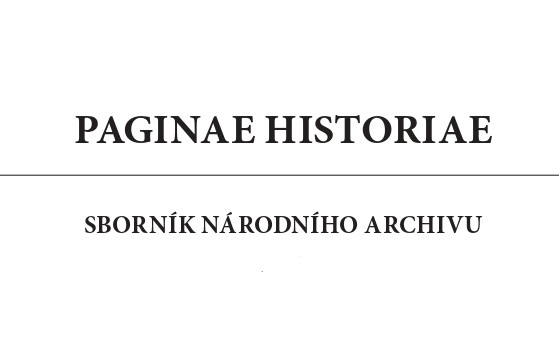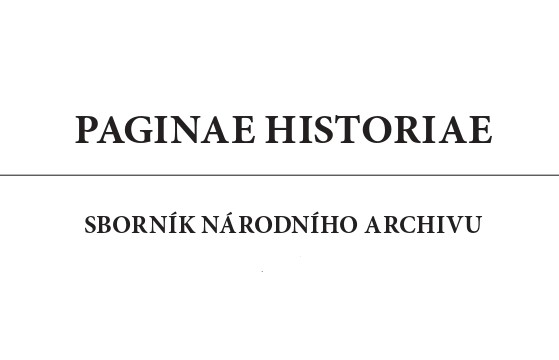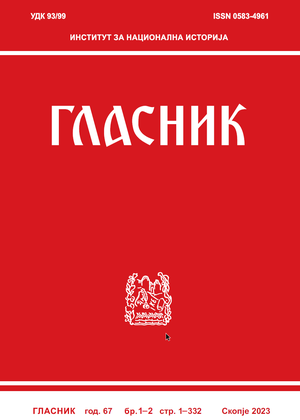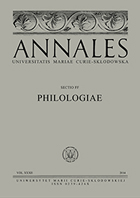Author(s): Jacek Kowalski / Language(s): Polish
Issue: 34/2017
Jean Pierre Norblin de la Gourdaine (1745–1830), a French artist working in Poland for the princely family of Czartoryski between 1774 and 1804, made a number of drawings picturing Polish dietines. We currently know his seventeen works devoted to this topic (some of them are his own replicas) as well as three copies of his drawings (one of them is a copy of an original which remains unknown). As many as six of the above works are kept in the collections of the PAN Kórnik Library. Dietines were regional assemblies of noblemen, which, consisting of elected members of the Sejm and some other officials, decided about taxation, approved decisions of the Parliament, and existed from the 15th until the 18th centuries. They were most often held in churches. As much as their source documentation is rich, their iconography is very scant. This mainly consists of Norblin’s drawings, which for this reason are often reproduced as illustrations of historical or popular science works. They have very rarely been subject to a scientific analysis. The author shows that Norblin’s Dietines, commonly considered to be drawn on the spot, are not documentaries depicting the reality, but works which manipulate its elements. On the one hand, Norblin was an excellent observer, who could minutely reproduce the realities of the material culture of the 18th century Poland (e.g. the cut of the uniforms of the Polish army, and the kontusz robes, żupan garments, hats, and sabres used by the Polish nobility, which changed between 1774 and 1794) even in quick sketches. At the same time, however, he did not shy away from inaccuracies, which sometimes possibly originated from his fantasy, and sometimes from his biased attitude to the scenes he was drawing. For example, some of the churches shown in his drawings are combinations of various Polish structures. Later, Norblin pictured Polish dietines in Gothic churches of French origins or even utterly fantastic shapes. Additionally, the author’s analysis proves that not a single composition refers to a concrete dietine (such identifications were offered earlier), or shows a concrete moment of the proceedings. Some elements were presented in an exaggerating caricature, or even in contrast to the reality – such as the participants sitting on altars and pulpits, or debating during a Holy Mass – which has never been the case. Norblin’s attitude to the presented topic changed over time. Initially, he strove to highlight the crisis suffered by the dietine as an institution in the 18th century. It was common for the poorer nobility who had voting rights to “sell” their votes and sabres to the rich candidates for the position of a member of the Sejm, and for sessions to change into disputes and brawls. Norblin’s first drawings show mainly the latter, whereas images depicting proper sessions and the most important personalities, i.e. magnates sitting in the centre of the temples and buying votes from the noblemen, are missing. But no wonder, since the artist’s patron, Prince Czartoryski, was such a magnate. The situation changed during the reforms adopted by the Sejm between 1788 and 1792, which aimed at the strengthening of the state and the improvement of the political system, including the dietines. Both Prince Czartoryski and Norblin himself were supporters of changes. From then on, the artist focused on a more positive, republican dimension of the dietine as an institution, although he did not entirely resign from grotesque motifs. However, Russia, Prussia, and Austria soon ended the existence of the Polish-Lithuanian Commonwealth, dividing its land between themselves (1795). Dietines became a part of past history. Eleven years later (1806), on a part of the area of the Commonwealth, Napoleon Bonaparte recreated the Polish state in a rump form and provided it with a constitution, which brought dietines back, although in a very limited dimension. Norblin’s last drawings date back to this period. They were made after the artist returned to France. These last compositions contain allusions concerning Napoleon’s impact on the Polish dietine as an institution. On the other hand, they were also reminiscent of an exotic past. It was for this reason that children and grandchildren of the artist’s former patrons purchased them. In this way, the majority of Norblin’s works found their way to the Kórnik collection created by Tytus Działyński and his son Jan. Worthy of note, during the Polish uprising against Prussia between 1848 and 1849, one of the artists covered by Tytus Działyński’s patronage created a lithograph showing the meeting of the socalled Polish League, which took place at the church in Kórnik in January 1849. His composition was clearly influenced by one of Norblin’s Dietines kept at the Kórnik Library.
More...
